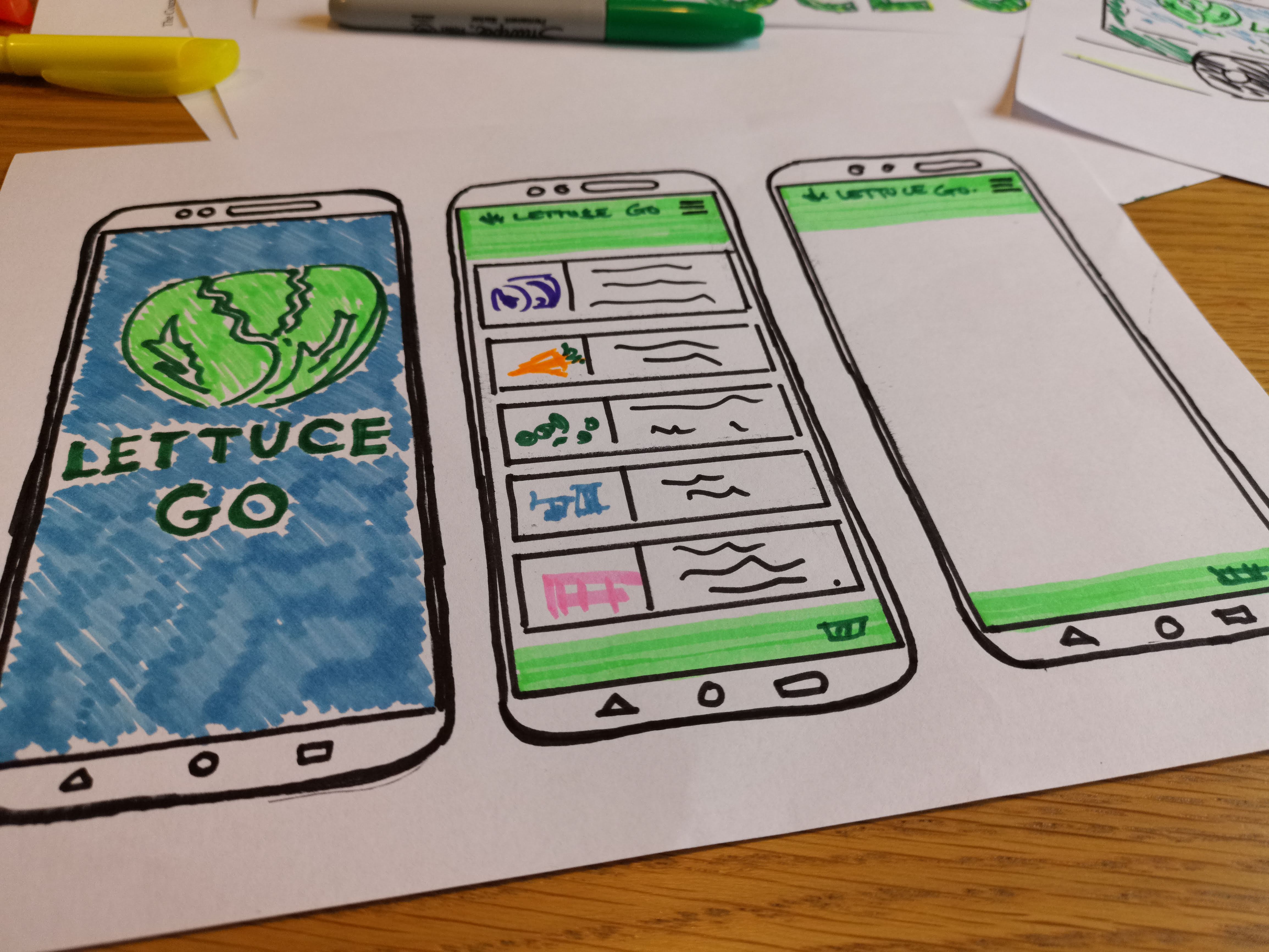
In between the day job we like to keep developing ourselves. That’s why we enrolled on a human-centered design course. Our residents are at the heart of everything we do, so learning new skills to design for this was right up our street. Here’s what we learnt…
There’s no such thing as a bad idea
We were introduced to embracing our ‘beginners mind’, meaning to approach problems as a novice even if you already know lots about the topic. Some of our team have worked here for 15 plus years, and when it comes to problem solving it can often feel like ‘been there, done that, got the t-shirt’. It becomes all too easy to ‘solutionise’ before defining the real problem. During week one we were tasked with interviewing each other about our commutes, and then brainstorming and prototyping an improved commute. The daily grumbles about hellish traffic could have us feeling like we’re already experts in everyone’s commute, but using interview prompts like ‘how did that make you feel’, ‘what did you enjoy’ and ‘what do you wish could be different’ helped us draw out new insights. My personal favourite prototype for an improved commute was:

With the possibility to remove frustrations of a long journey (made longer by lots of traffic) and enhance the enjoyment of a peaceful journey by allowing some peaceful sight seeing during descent! And thanks to prototyping we were able to learn about some serious safety issues with parachute deployment errors meaning no TADS members were hurt during testing – see; no idea’s a bad idea, just a learning curve!
Analogous what now?
In week two we got into the detail of a design challenge of our choice. We decided to go with ‘how might we provider healthier food options for people in Maidstone’. We had to prep our research and then learn from people, learn from experts, immerse ourselves in context, and seek analogous inspiration. Now, although we don’t claim to be the elite at user research, it’s something we’ve been doing for some time and working hard to get better at it. So, interviews and observations came as no surprise and we dived straight into them. But what left us scratching our heads was the task of seeking analogous inspiration – selecting similar scenarios to observe in places that are different from the design challenge. This concept was quite alien to us and we struggled to put it into practise. Luckily, we had the opportunity to see what other learners had done on the online community and it helped us understand how looking at similar but different situations can prompt new learnings.
How might we make this into something tangible
We now had heaps of information and needed to make sense of it. This is the part of discovery work that I personally find a bit daunting. You’ve had the excitement of talking to lots of people and found out loads of interesting stuff, but how do you turn that into something useful, something tangible. The training offered a useful approach – first, sort through all your notes and add key findings to post-its and plaster the wall. Spend time with each other sense checking your findings to make sure you haven’t missed anything, and what you’ve written down is an unbiased finding and not your own interpretation. Next, the whole team picked out the ‘gems’ - a couple of findings they found most interesting, then turning these into clusters by adding any post-its which related to them. From these we pulled out three key insights and individually created ‘how might we’ statements to help us design something tangible for our key insights.
Let’s get crafty
In the final week we added drawings and suggestions for various designs we thought could answer our ‘how might we’ statements. After a team vote and some gut checking techniques we picked a design concept. This was turned into a story board and we decided to prototype the different ways of promoting our new service. It was useful to have a large part of the team working together bouncing ideas off each other and bringing different perspectives to the table. And who knows you might see our design taking off in the not too distant future.

Kathryn is a Service Design Officer in the Transformation and Digital Services Team. If you have any questions you can contact transformation@maidstone.gov.uk.
Digital Services
The Digital Service team at Maidstone Borough Council lead on the research, design and development of user centered services for residents in Maidstone
Find out more about the teamRecent posts
TADS Get Human-CenteredKeeping residents updated about their bin collections
TADS Weeknote #2